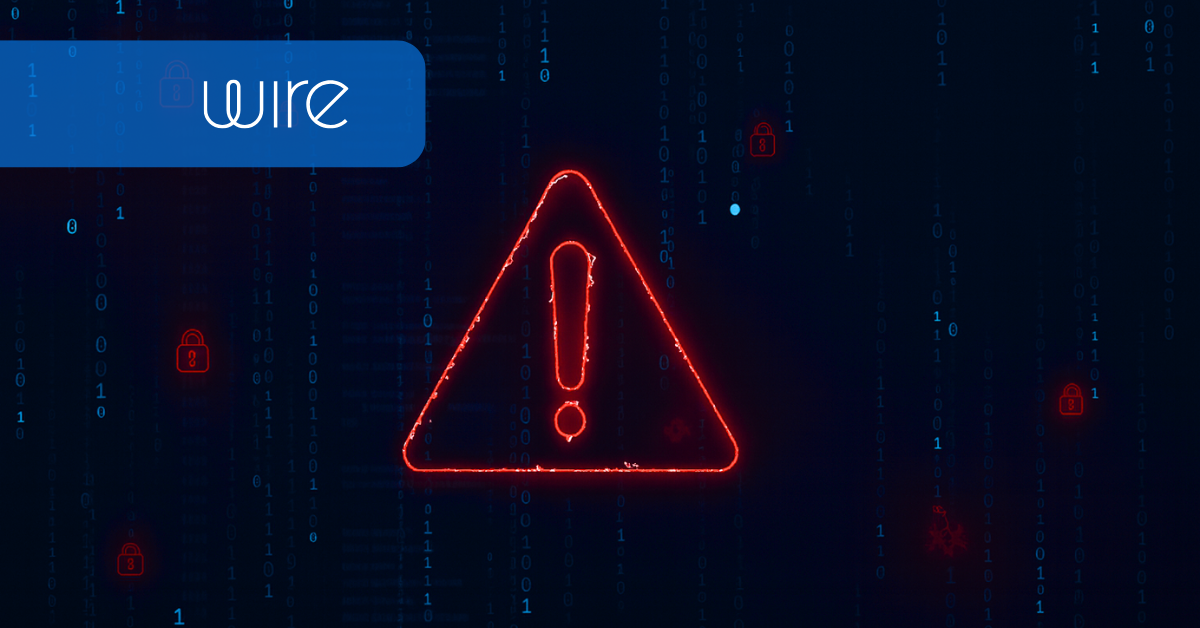Ransomware attacks increased by 126% in Q1 2025, compared to 2024, with an average of 275 incidents per day. These attacks now account for 58% of the value of large-scale ($1M+) cyber insurance claims and have caused 24 days of downtime this year.
As threat actors grow more sophisticated, governments are introducing stricter reporting rules and in some regions, banning ransom payments altogether. The stakes are high, and without a tested plan, your business risks data loss, reputational damage, and regulatory violations.
The 5 Essential Steps in a Ransomware Response Plan
1. Identify the Breach Quickly
Early detection is the foundation of your defense. Use endpoint detection systems and real-time monitoring tools to flag suspicious behaviors such as:
- Unexpected encryption activity.
- User reports of inaccessible data.
- Locked files or systems.
- Network spikes.
- Abnormal file changes.
2. Isolate the Threat Immediately
Next, you must immediately isolate the infected systems by shutting down user accounts, disabling VPNs and Wi-Fi, and even suspending access to critical infrastructure to prevent the malware from spreading laterally. At the same time, evaluate:
- Which systems are affected?
- What data has been encrypted or stolen?
- Is the ransomware being used a known strain?
Answering these questions will help improve the speed and effectiveness of your breach containment efforts.
3. Communicate Securely and Transparently
Effective communication is vital for securely alerting key stakeholders and initiating ransomware incident response efforts:
- Identify the teams to be informed in case of a breach - incident response team, IT, security, legal, and executive leadership.
- List all external stakeholders – customers, partners, regulators, law enforcement.
- Clearly define roles and responsibilities of the incident response team.
- Set up a secure alerting system that can bypass silent mode on phones.
- Create holding statement templates that your team can quickly customize and share to ensure transparency, and avoid confusion and misinformation.
- Provide the right tools and platforms for secure and reliable collaboration and information sharing.
4. Contain and Neutralize the Attack
Your technical, IT, and cybersecurity teams must work together to limit the spread and impact of the attack. This can include:
- Network segmentation for breach containment.
- Blocking malicious IP addresses.
- Removing or disabling malware payloads.
- Disabling command-and-control access.
- Securing and isolating backup systems.
5. Recover, Report, and Reinforce
Recovery does not stop at just restoring systems. Here’s what complete incident recovery should cover:
- Validating system integrity before going back online.
- Remediation efforts to eradicate any traces of ransomware.
- Notifying all relevant regulatory bodies within stipulated timeframes.
- In-depth root cause analysis to prevent similar attacks in the future.
- Collating and storing documentation for audits and regulatory requirements.
- Establishing or strengthening continuous monitoring systems.
- Analysis of lessons learned and areas of improvement.
Don’t Let Communication Go Dark
During a ransomware attack, communication tools themselves are frequent targets. Attackers are increasingly disrupting internal communication systems:
- The Black Basta group is using BRUTED, a tool designed to attack VPNs and edge networking devices. This can block secure network access, impacting email and communication platforms that rely on VPN connections.
- Medusa attacks use “Bring Your Own Vulnerable Driver" (BYOVD) tools to disable endpoint detection and response tools. This also disables security controls that protect communication systems.
If your communication infrastructure fails during a breach, incident response will stall. That’s why you need a fallback communication tool that operates independently from your main IT environment.
Download Whitepaper
Wire as Your Secure Channel During a Ransomware Attack
Wire is secure by design, making it the perfect platform to support your ransomware response strategy.
- Fallback Mode – Wire operates out-of-band, ensuring uninterrupted communication during a breach. It works in real time or asynchronously, supporting critical infrastructure providers, and enterprises alike.
- Device-Agnostic and Federated – Wire works consistently across devices and operating systems, enabling response teams to act quickly regardless of their location. It also uses a moderated federation model that facilitates cross-organization communication between security teams, law enforcement, and vendors.
- Role-Based Access Control – Wire operates on a zero-trust, zero-knowledge architecture that doesn’t trust anyone or anything by default. It controls access by role and not just user ID. And it continuously verifies users to ensure that all shared information remains secure even if hackers manage to use stolen admin credentials.
- End-to-End Encryption – Wire uses Messaging Layer Security (MLS) to fully encrypt every message and document shared on the platform. This means that each message is encrypted at the sender end, and decrypted only when it reaches the intended recipient. Even if threat actors were to gain access to the platform, they would not be able to read any data shared on it.
Conclusion: Build Resilience Before You Need It
Ransomware attacks continue to grow in frequency and sophistication, making a robust incident response plan critical for business continuity. Without an out-of-band, reliable, and fully secure communication platform, your teams cannot coordinate safely or effectively during an incident. Wire helps you execute a cohesive, resilient response, without compromising security.
